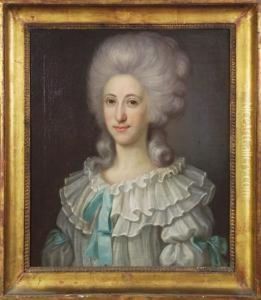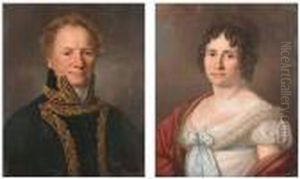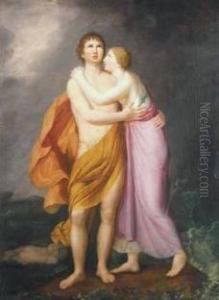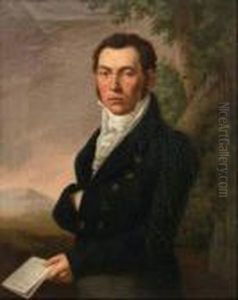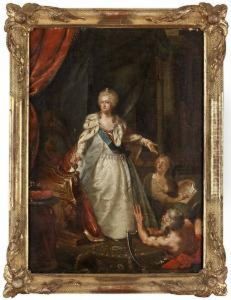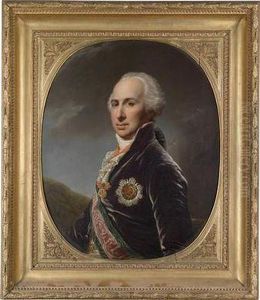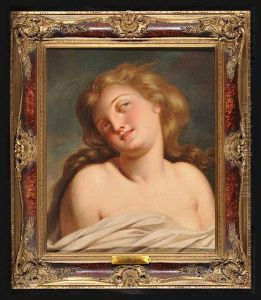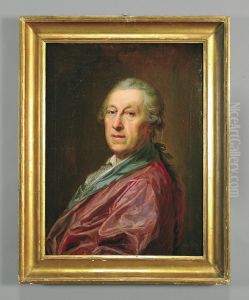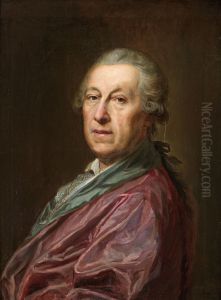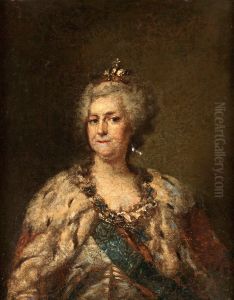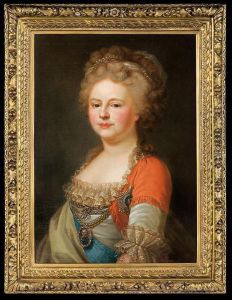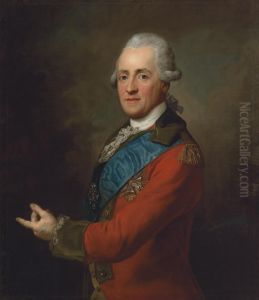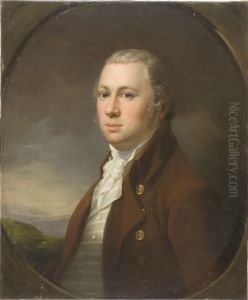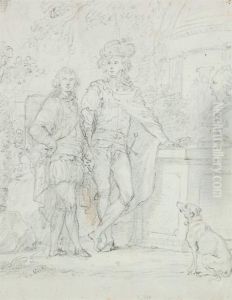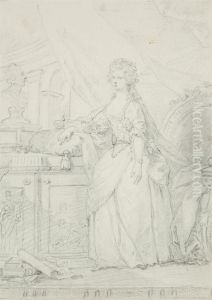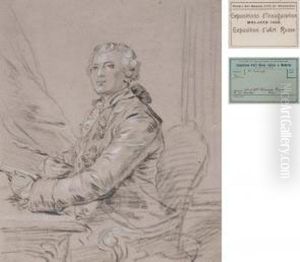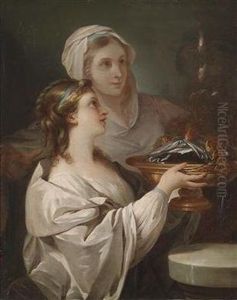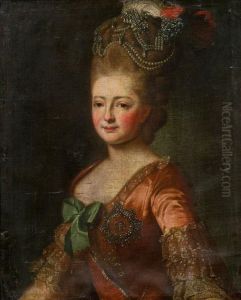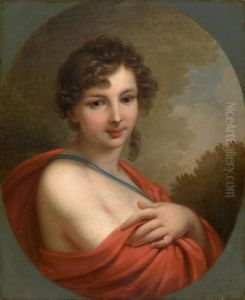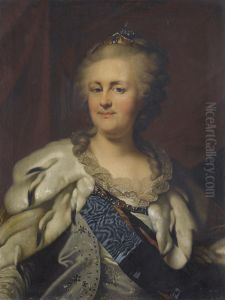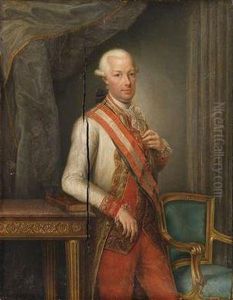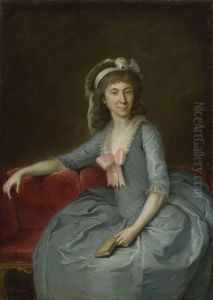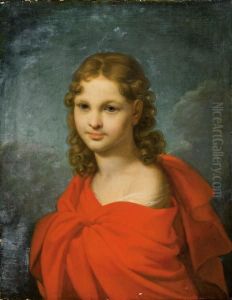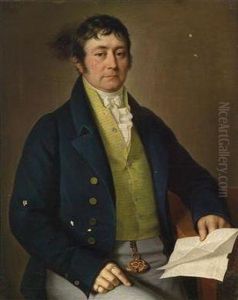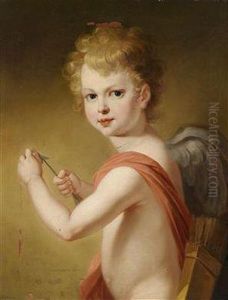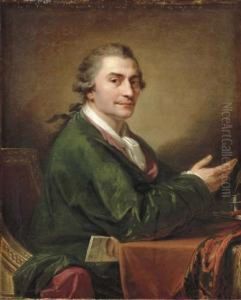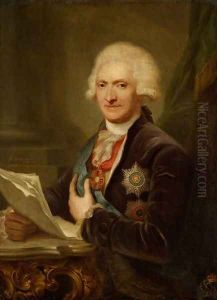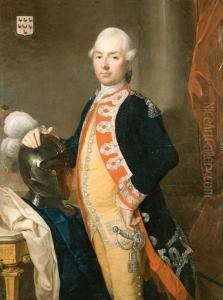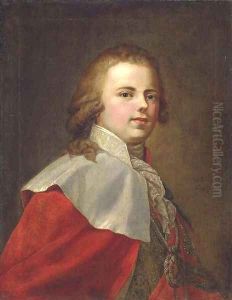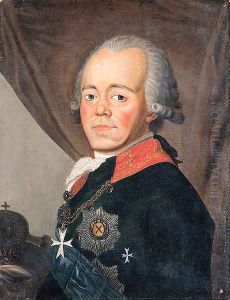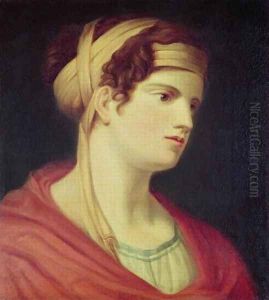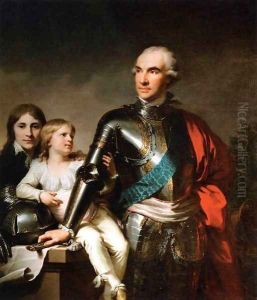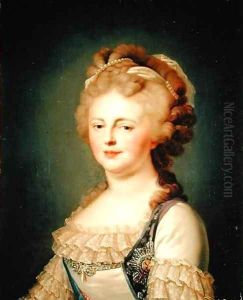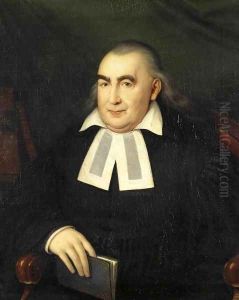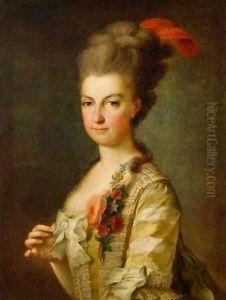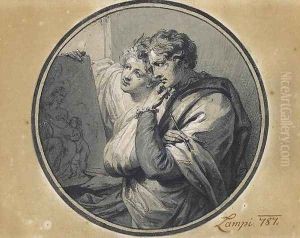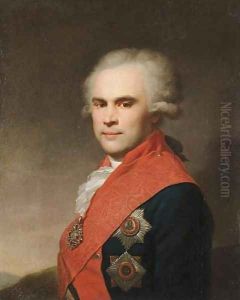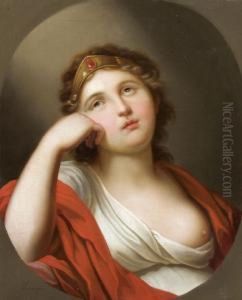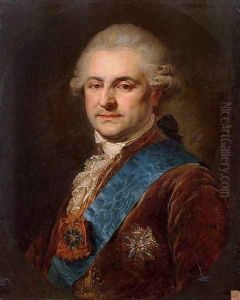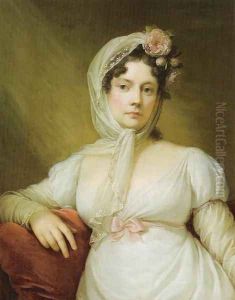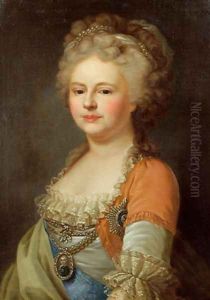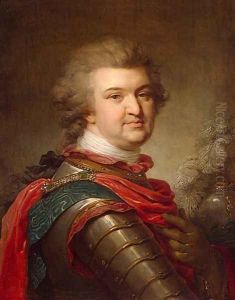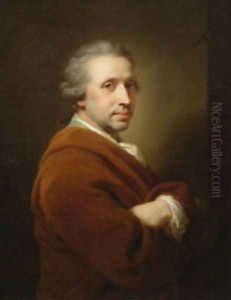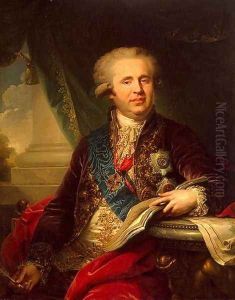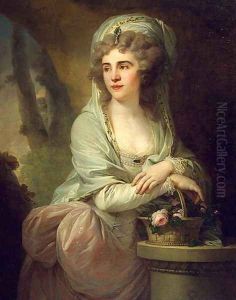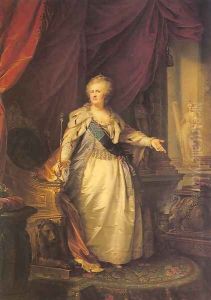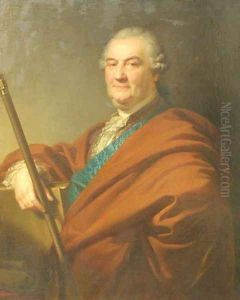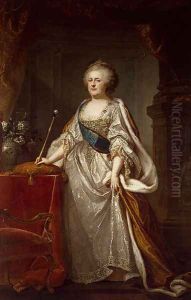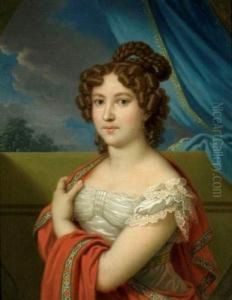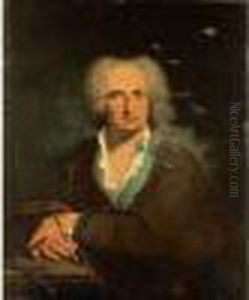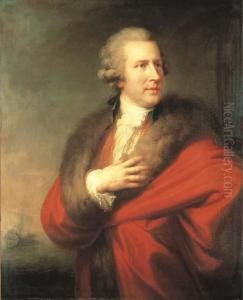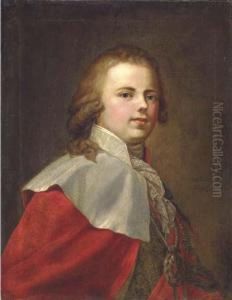Johann Baptist the Elder Lampi Paintings
Johann Baptist Lampi the Elder was an Austrian historical and portrait painter. Born on December 31, 1751, in Romeno in the County of Tyrol, now part of Italy, he displayed a talent for art from an early age. He initially received his artistic training from his father, a painter and sculptor, and later studied at the Academy of Fine Arts in Vienna.
During his early career, Lampi gained a reputation for his portraits, which combined a strong psychological insight with a sophisticated use of light and shadow, reminiscent of the techniques used by the Old Masters. His ability to capture the character and social status of his subjects made him a sought-after portraitist among the aristocracy and the upper classes.
In 1786, Lampi was called to the court of the Russian Empress Catherine the Great, where he achieved great success, becoming one of the most prominent and celebrated artists of his time in Russia. He painted numerous portraits of Catherine and other members of the royal family, as well as Russian nobility.
Lampi returned to Vienna in 1797, where he continued to work as a portraitist and also became a respected teacher at the Academy of Fine Arts. His style evolved over time, reflecting the changing artistic trends, but he remained faithful to the classical principles of composition and chiaroscuro.
Johann Baptist the Elder's legacy includes not only his portraits but also historical paintings and altarpieces. His works are characterized by their elegance and clarity, and they can be found in various museums and private collections around the world. His influence extended to his son, Johann Baptist the Younger Lampi, who was also a notable painter. Johann Baptist Lampi the Elder died on February 11, 1830, in Vienna, leaving behind a substantial body of work that continues to be appreciated for its historical and artistic value.
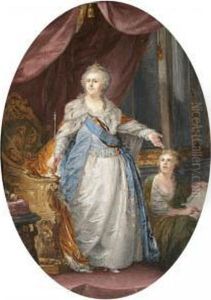
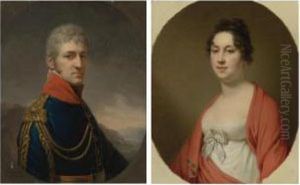
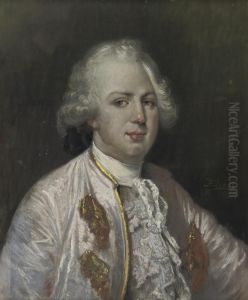
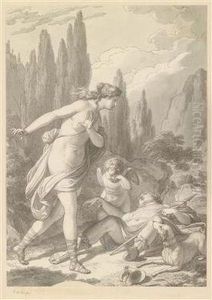
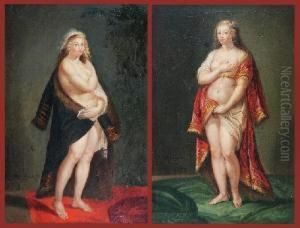
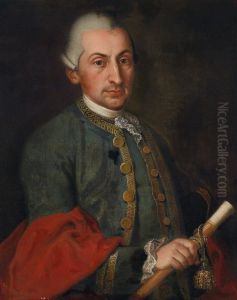
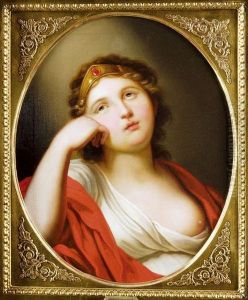
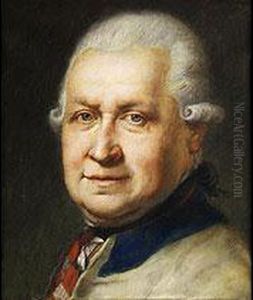
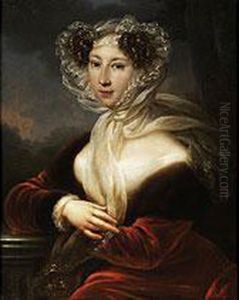
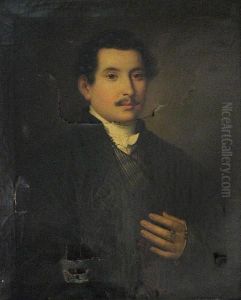
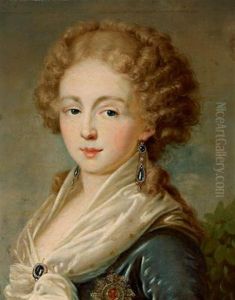
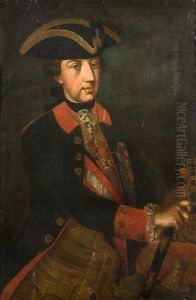
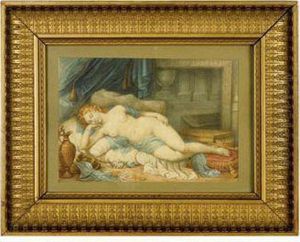
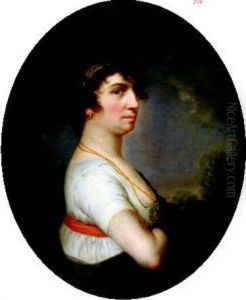
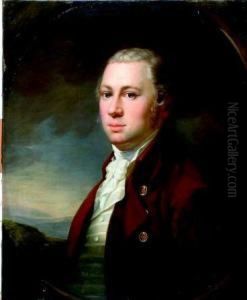

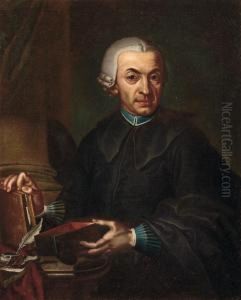
![Ritratto Di Giulio Renato Litta
Visconti Arese (1763-1839) A Mezza Figura, Con L?ordine Di San Giorgio
Di Russia, San Giovanni Di Malta E L?aquila Bianca Di Polonia[oil On
Canvas, Oval, In A Carved And Giltwood Frame]](https://www.niceartgallery.com/imgs/1428877/s/johann-baptist-the-elder-lampi-ritratto-di-giulio-renato-litta-visconti-arese-17631839-a-mezza-figura-con-lordine-di-san-giorgio-di-russia-san-giovanni-di-malta-e-laquila-bianca-di-poloniaoil-on-canvas-oval-in-a-carved-and-giltwood-frame-c629d4c.jpg)
![Portrait Presume De Cagliostro
[attributed To Giovanni Batista Lampi ; Presumed Portrait Of Cagliostro ;
Oil On Canvas]](https://www.niceartgallery.com/imgs/1428878/s/johann-baptist-the-elder-lampi-portrait-presume-de-cagliostro-attributed-to-giovanni-batista-lampi-presumed-portrait-of-cagliostro-oil-on-canvas-4ffd0b82.jpg)
